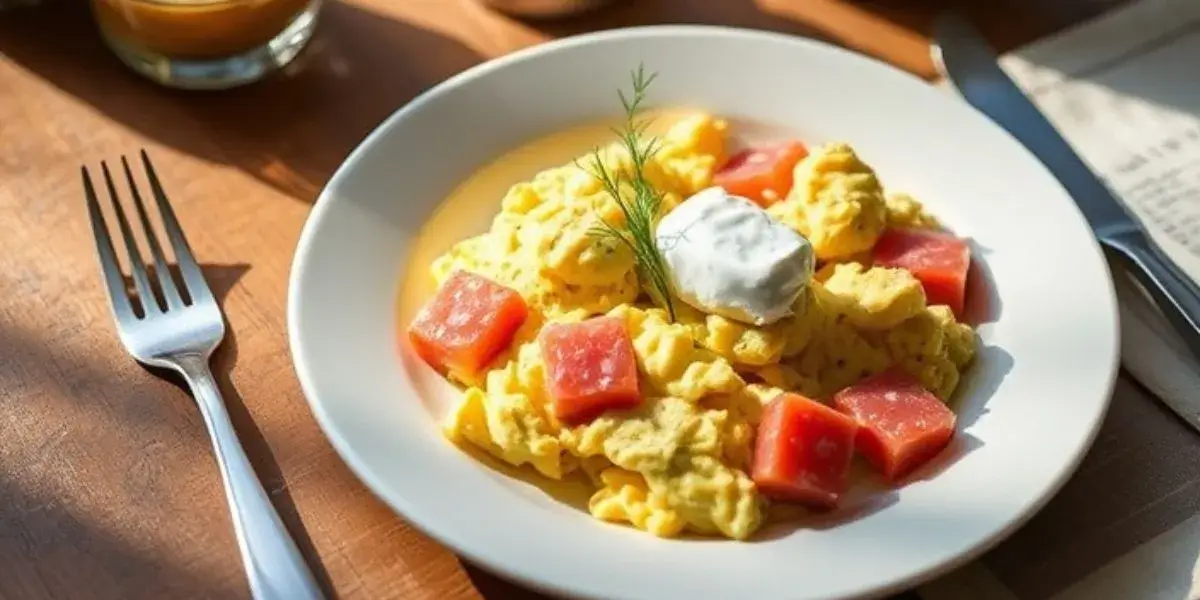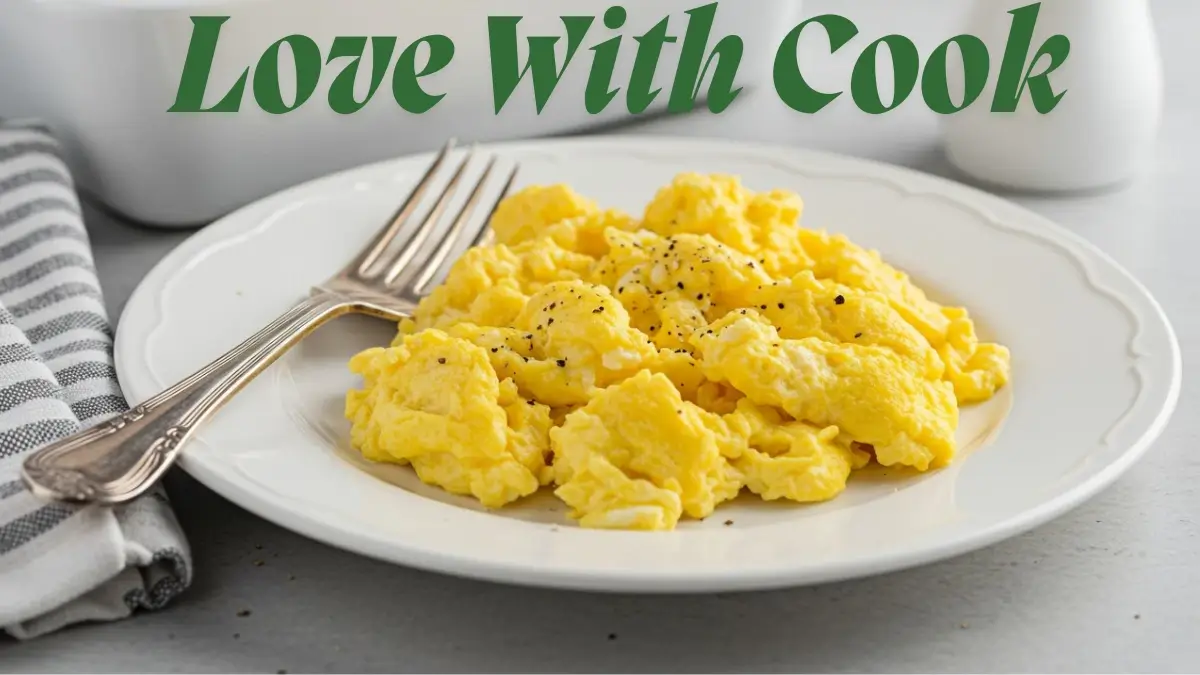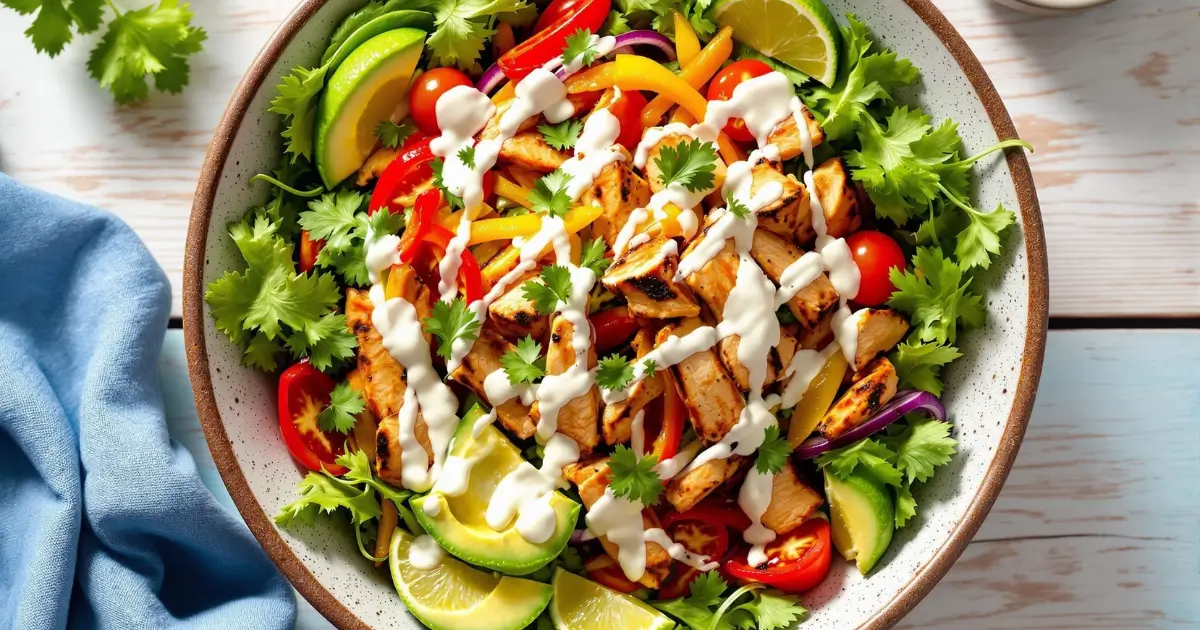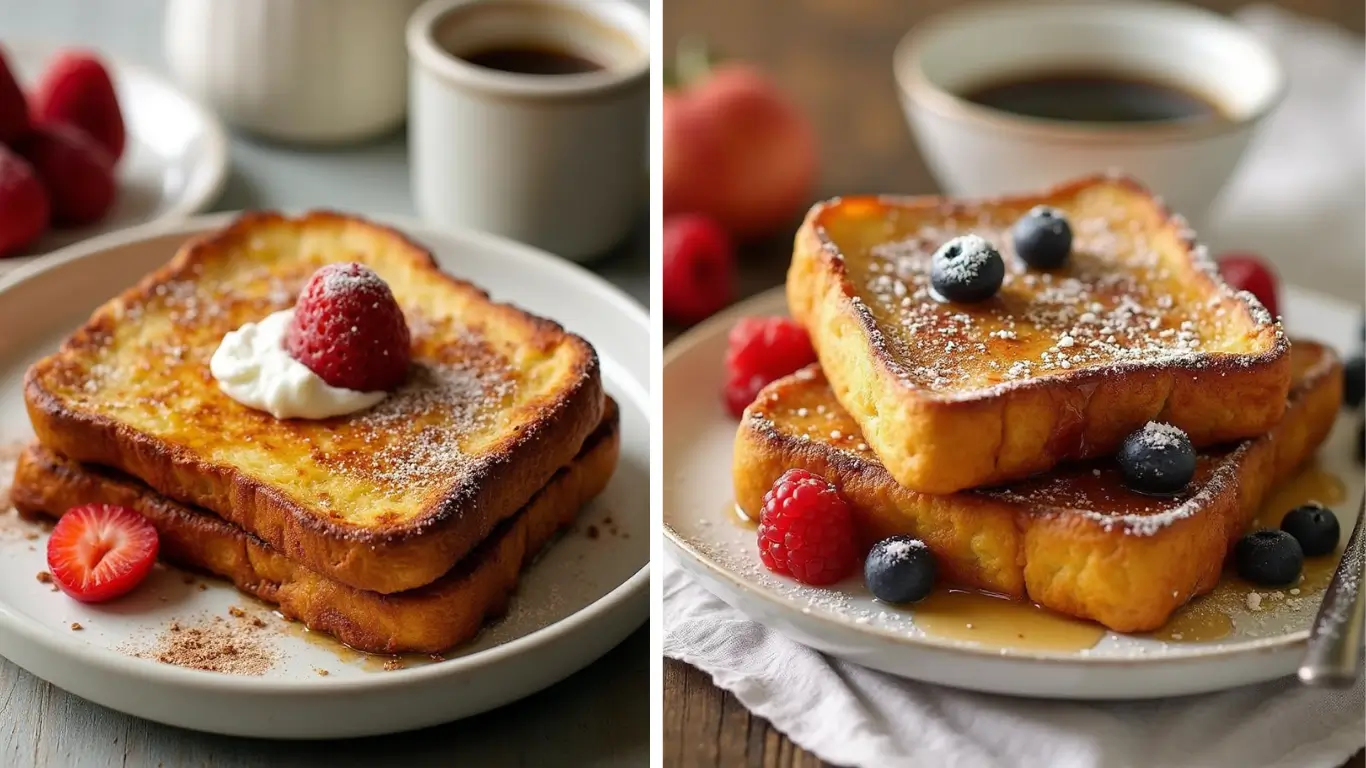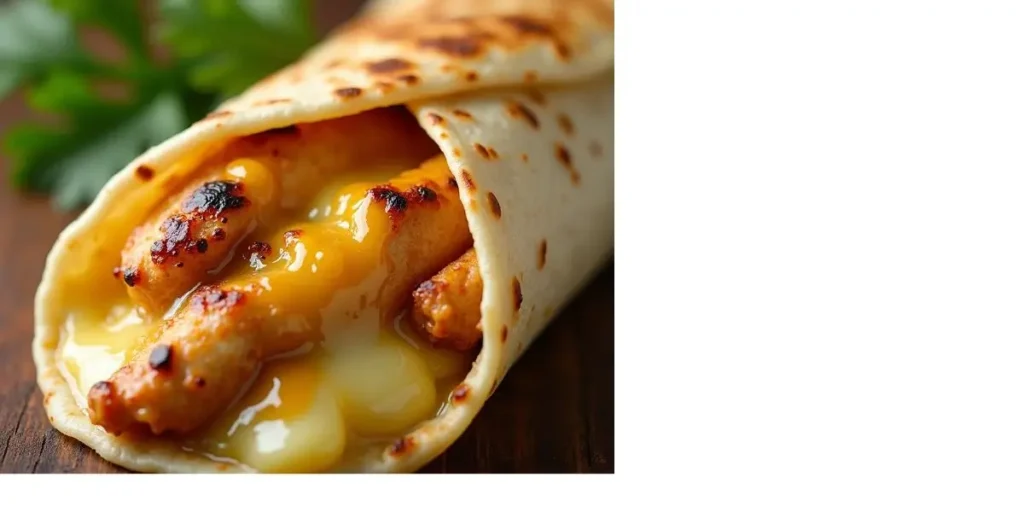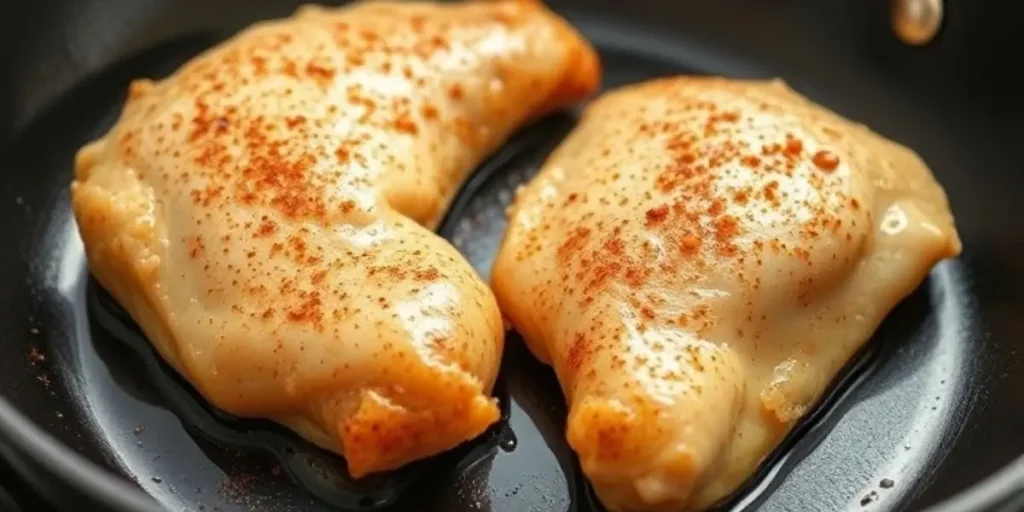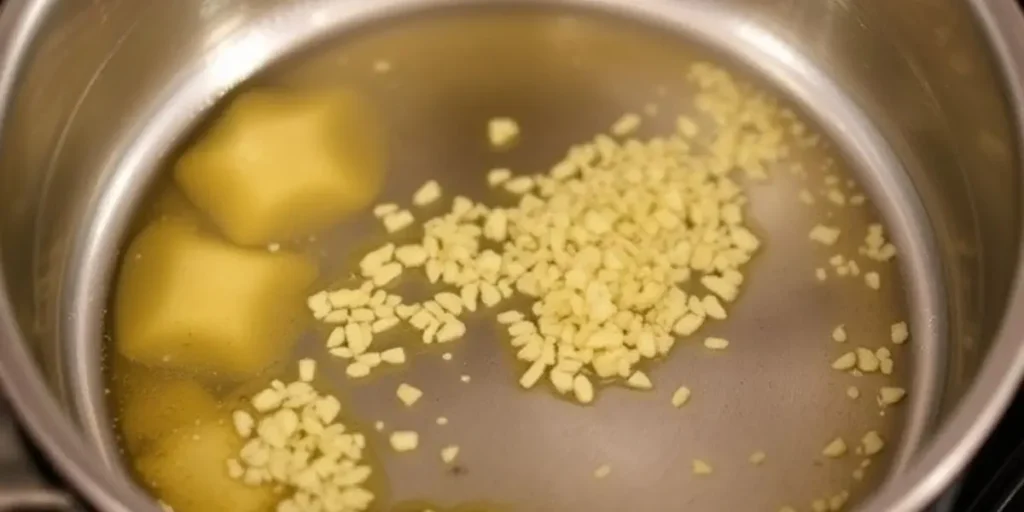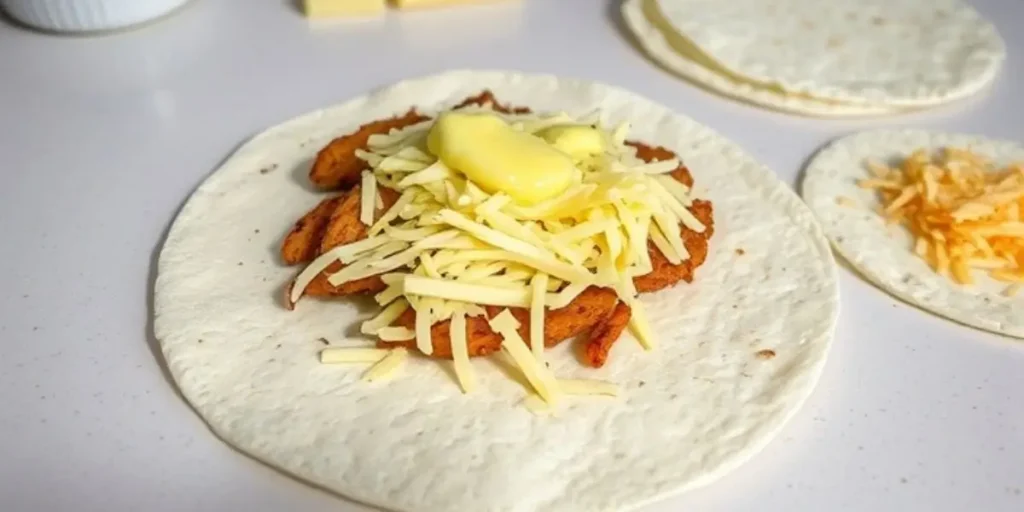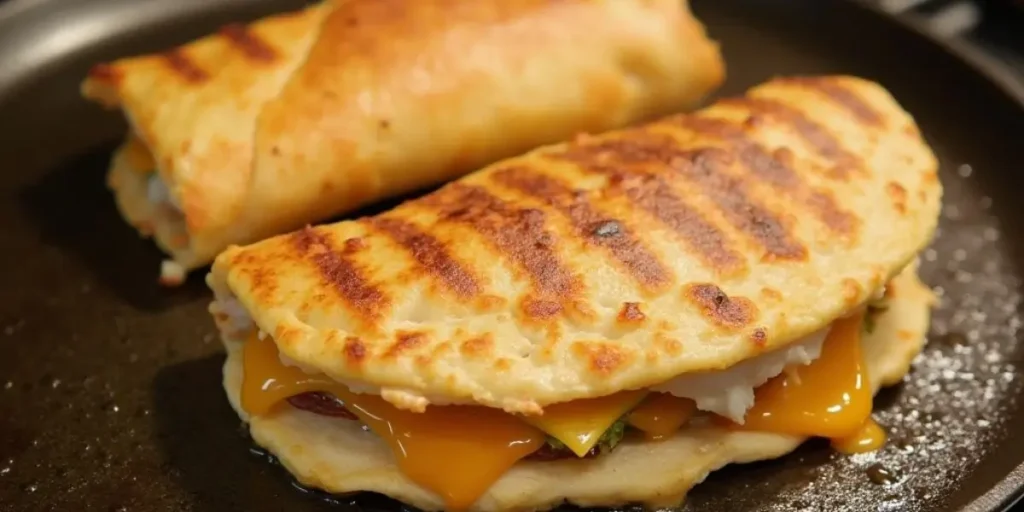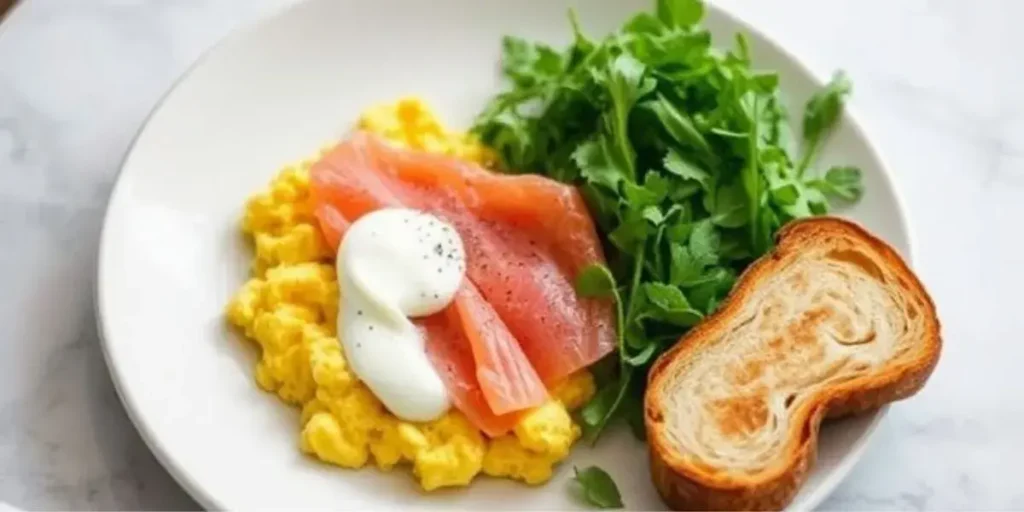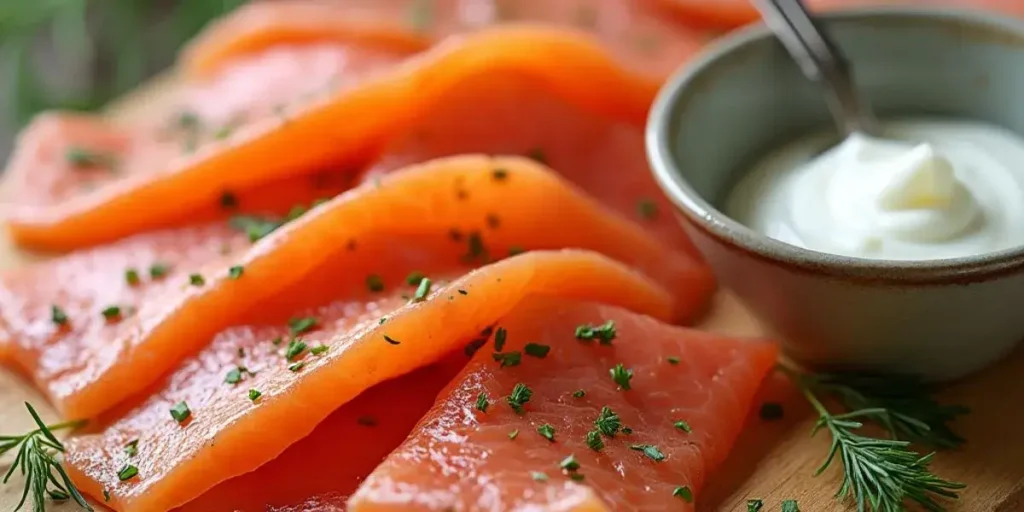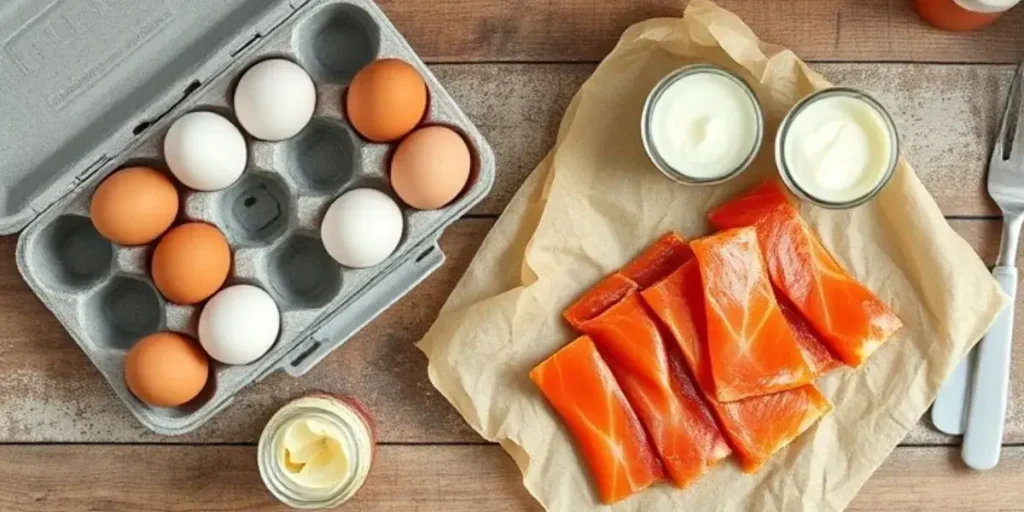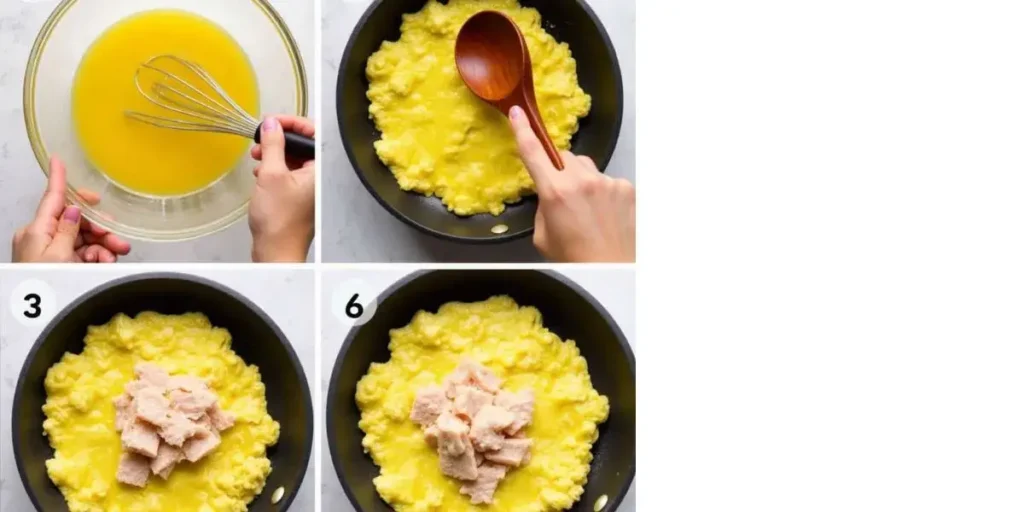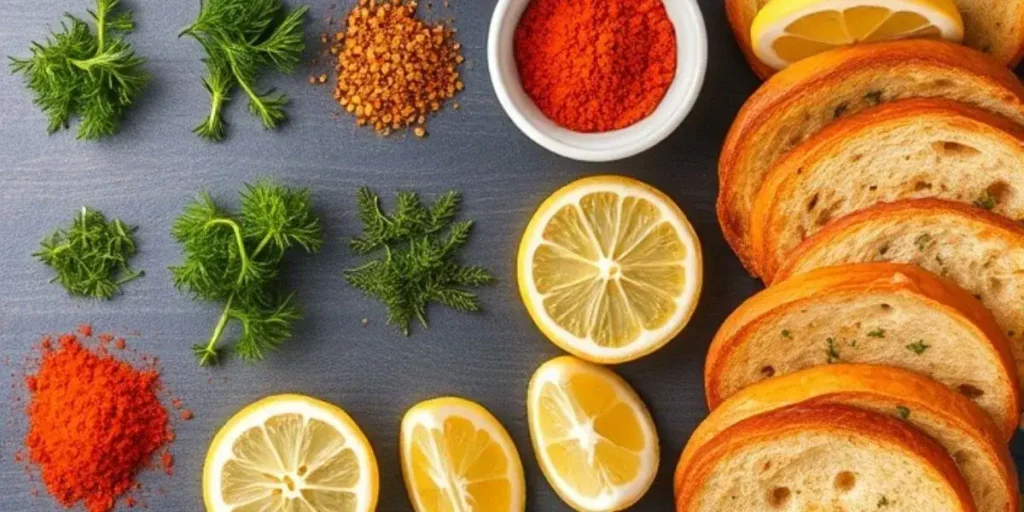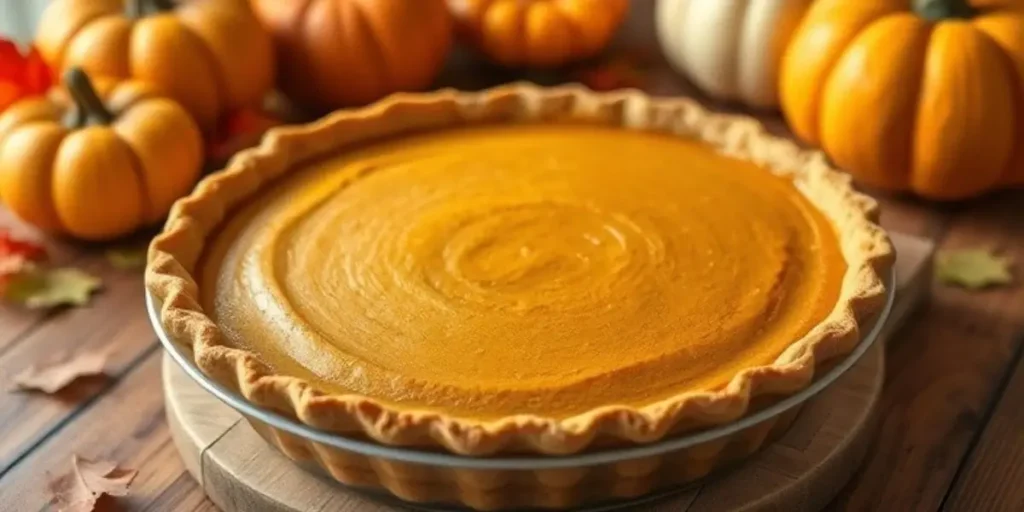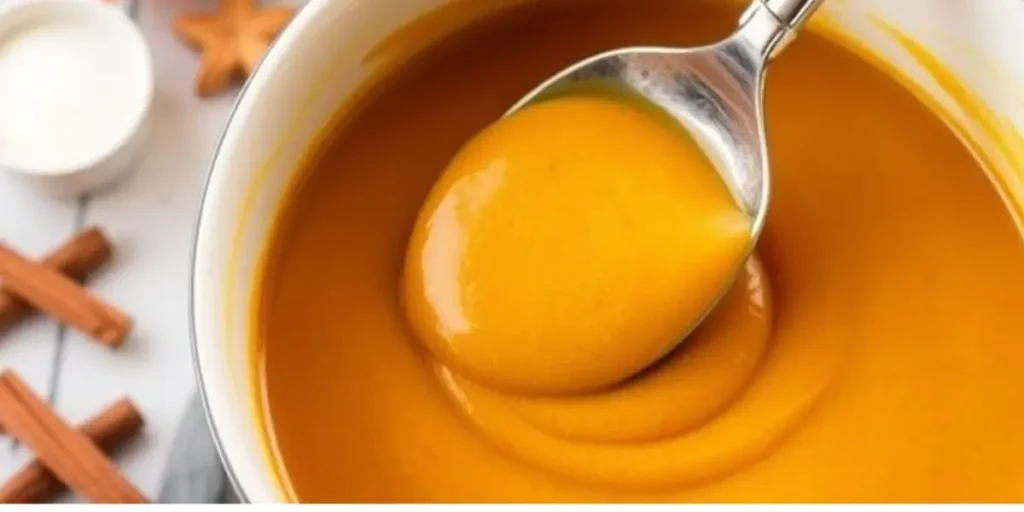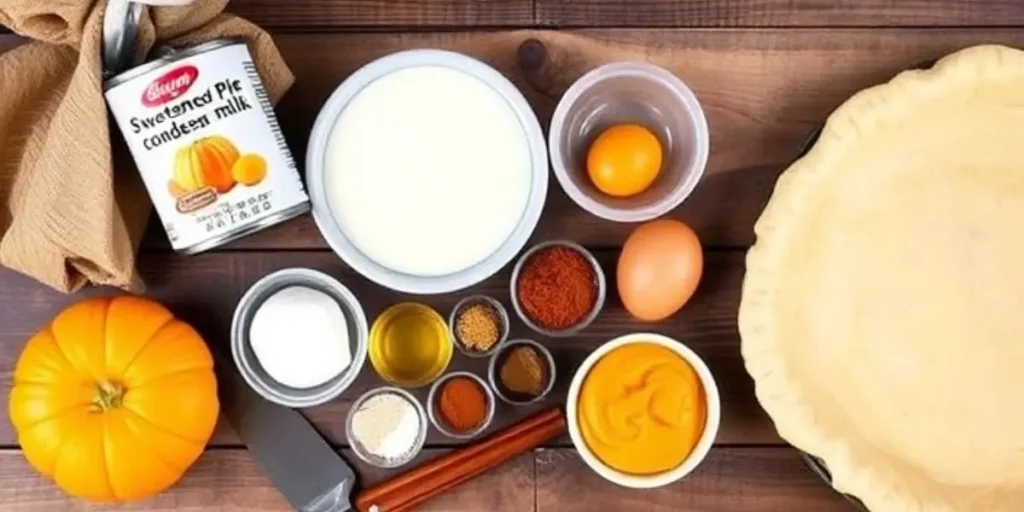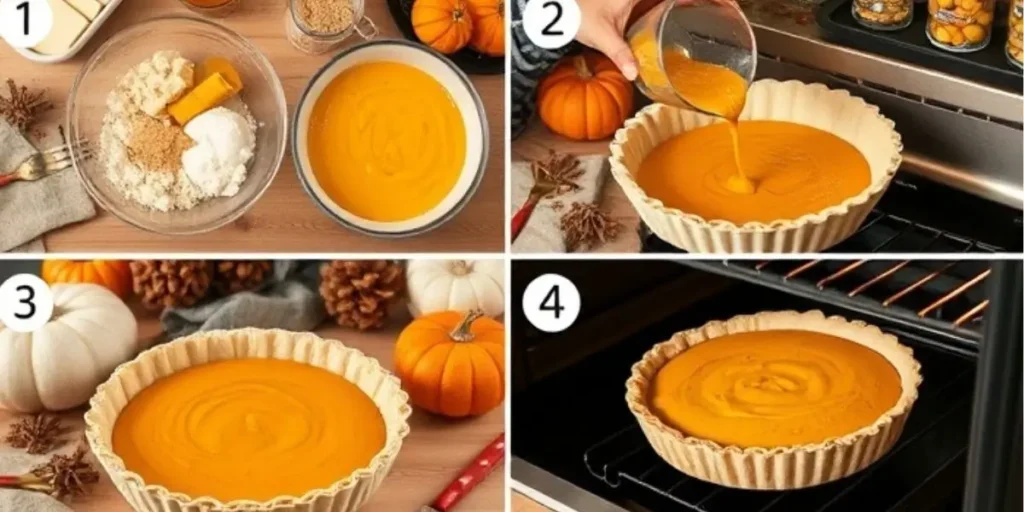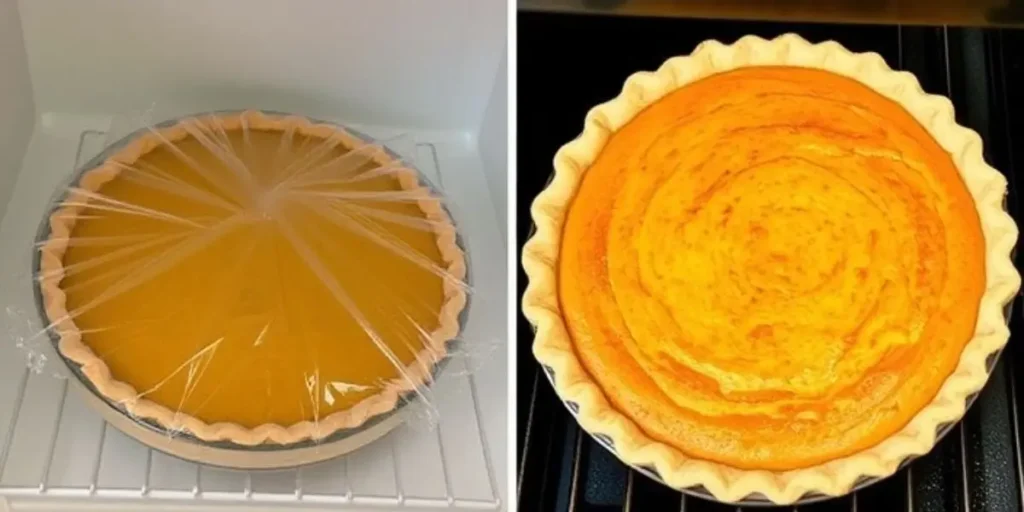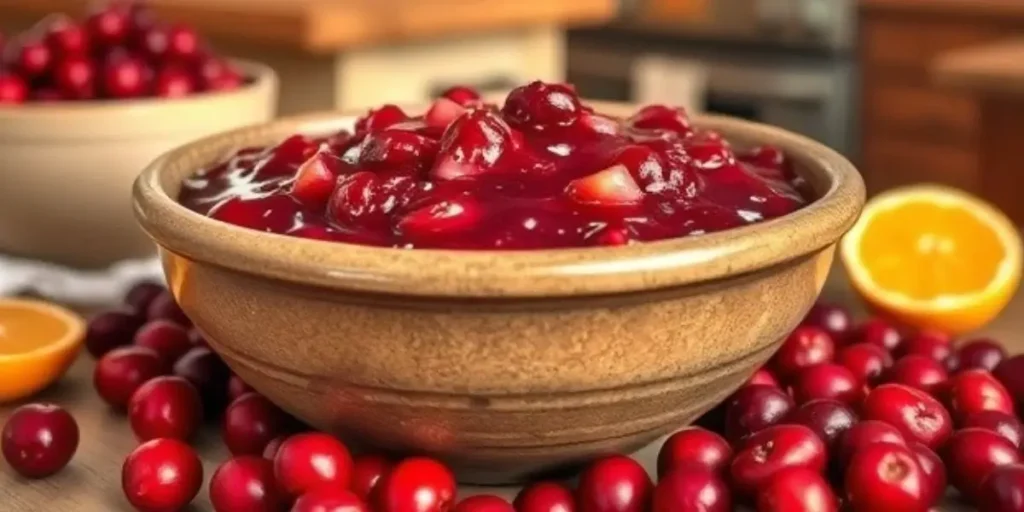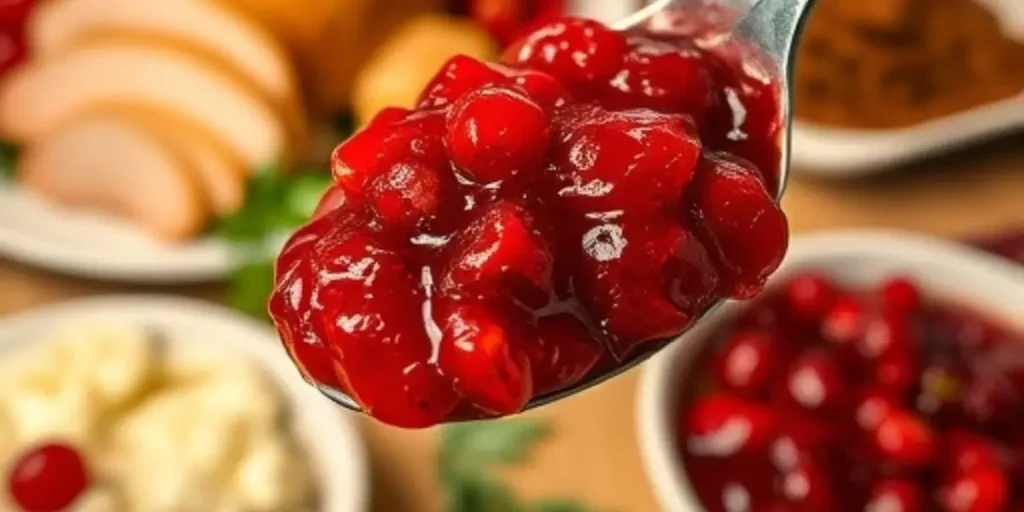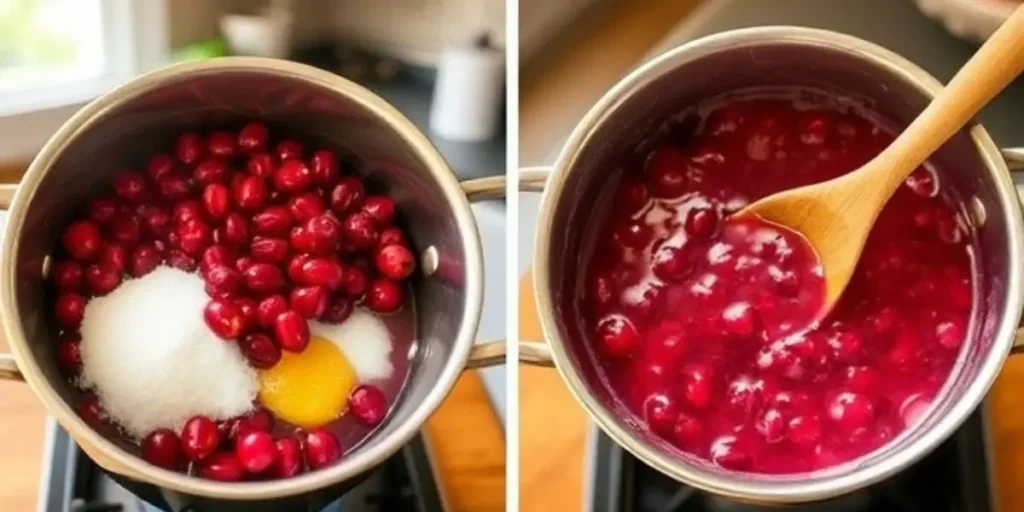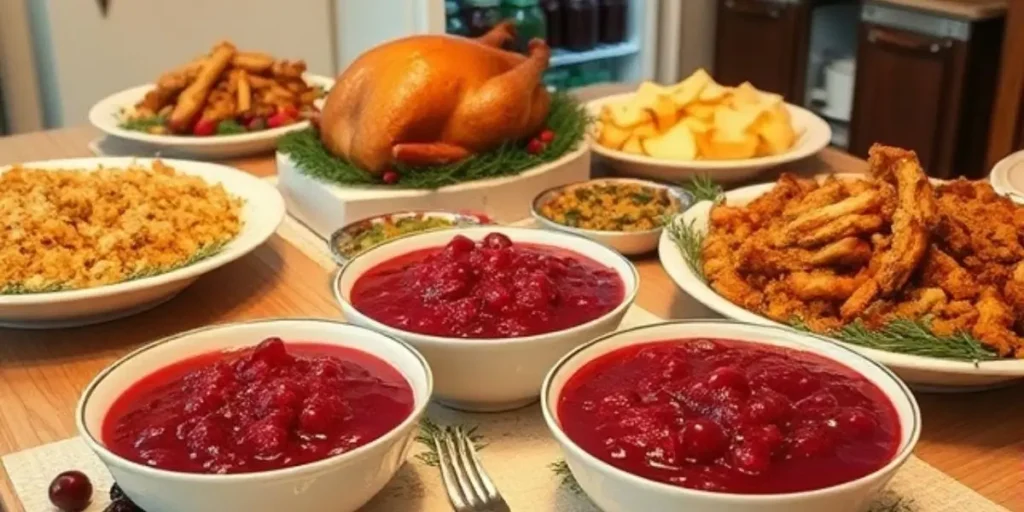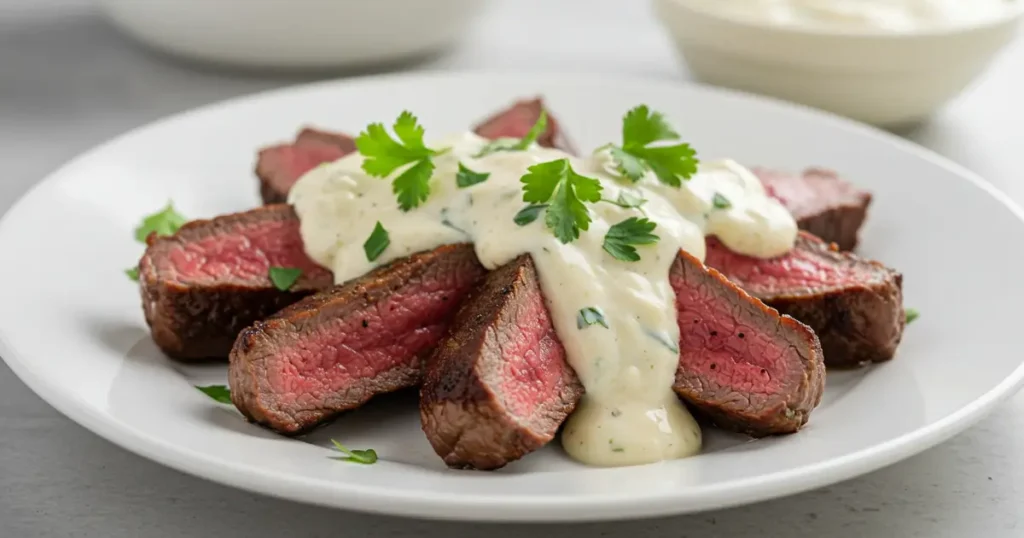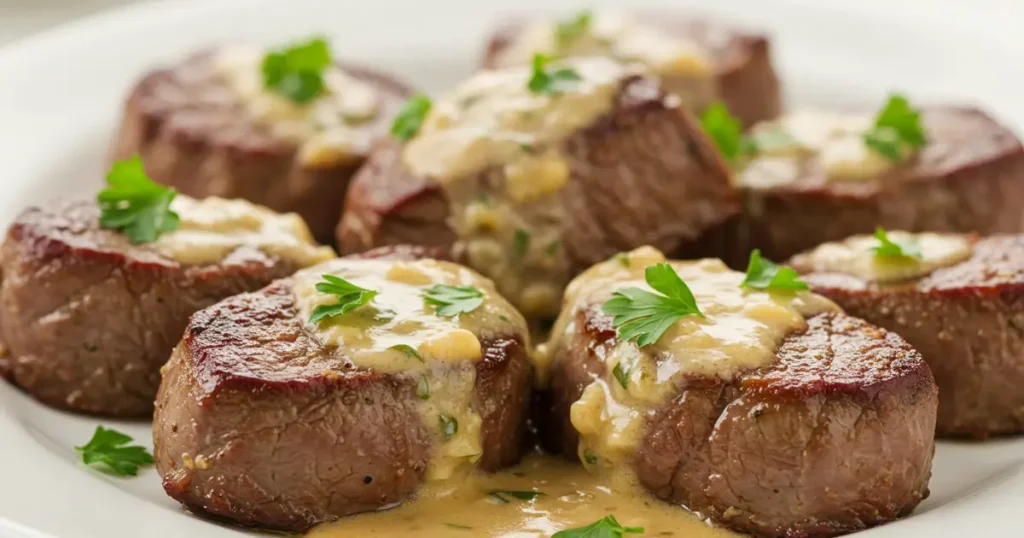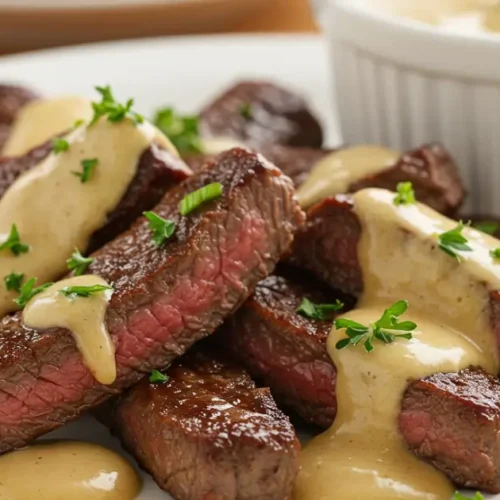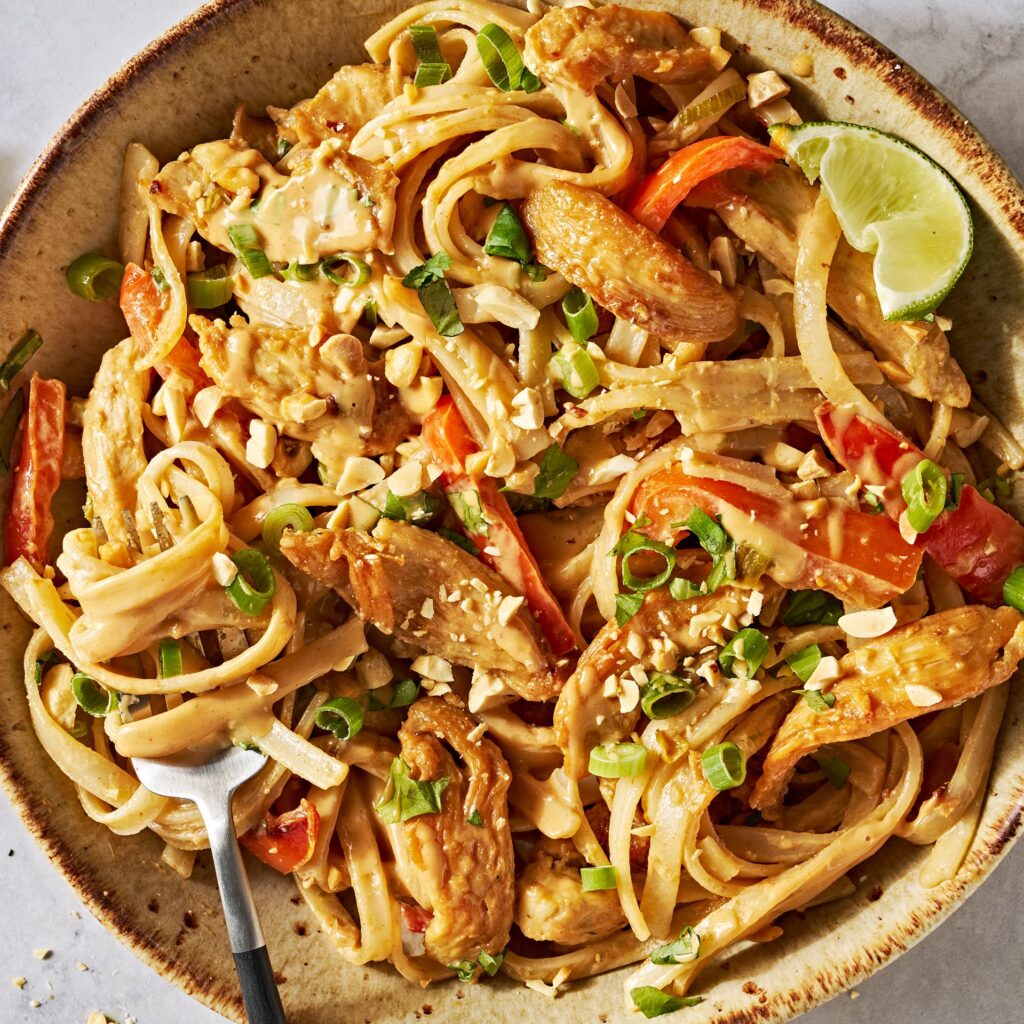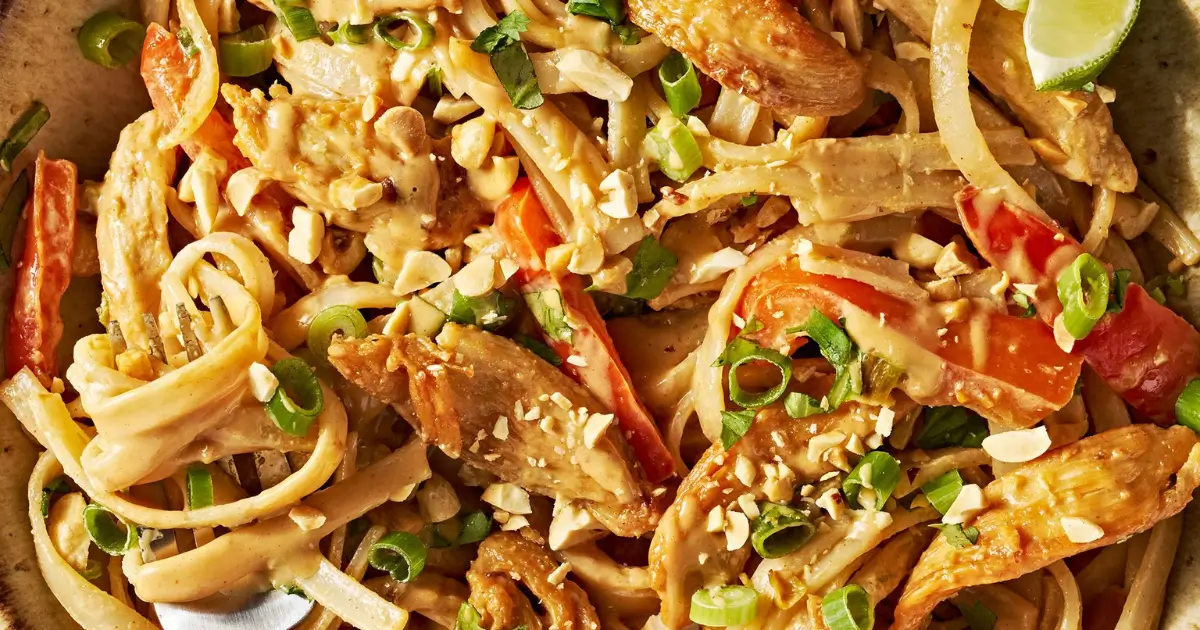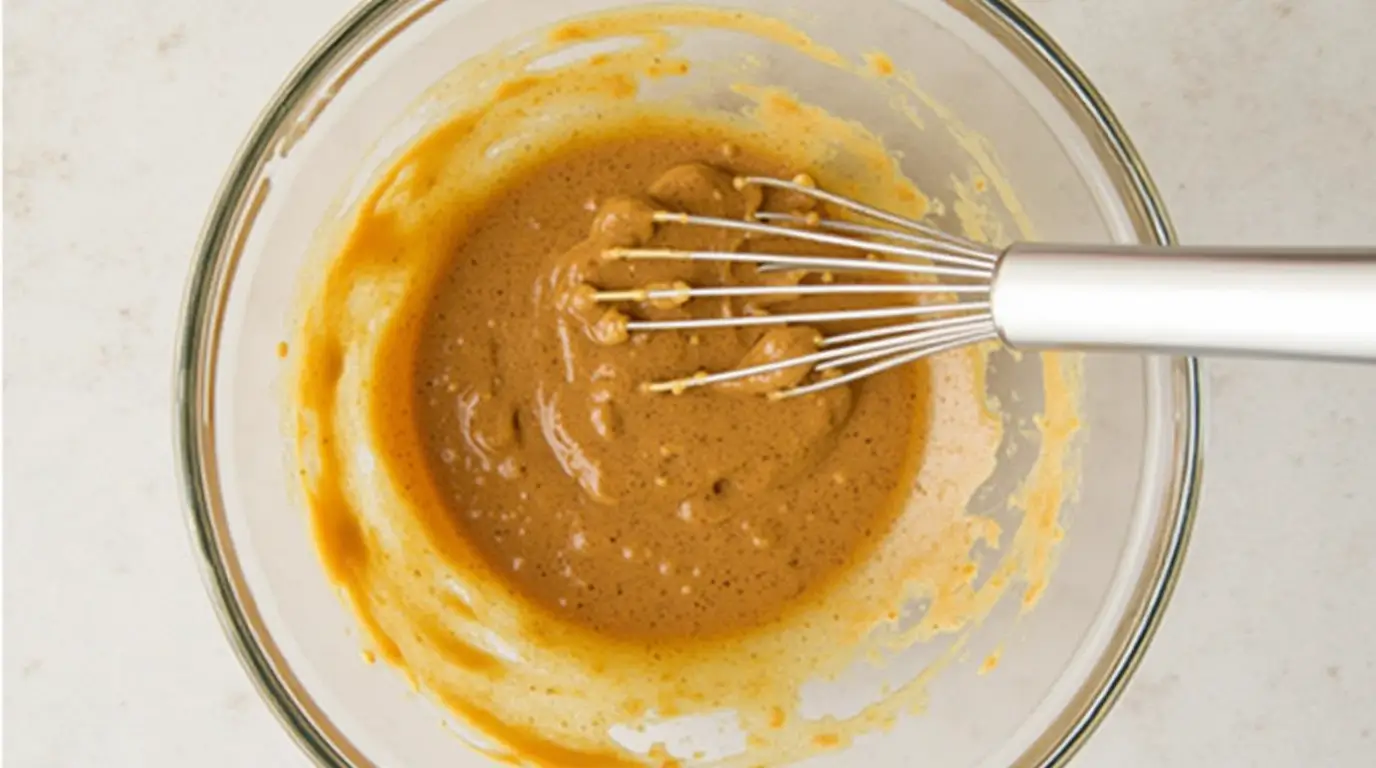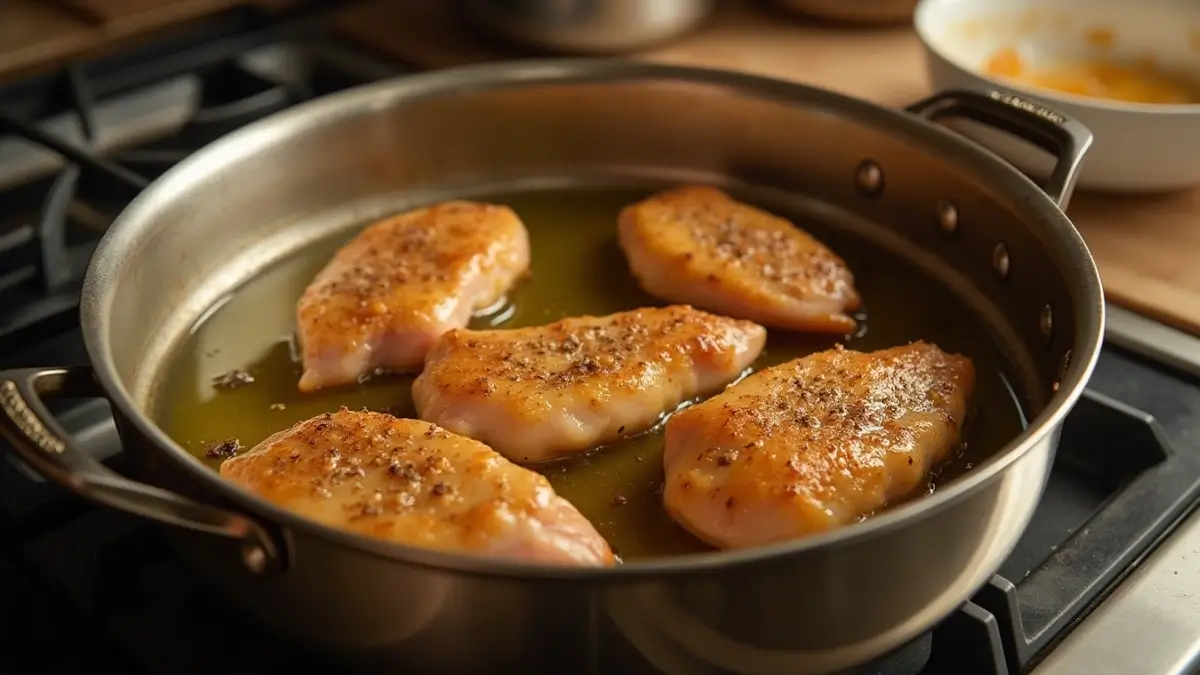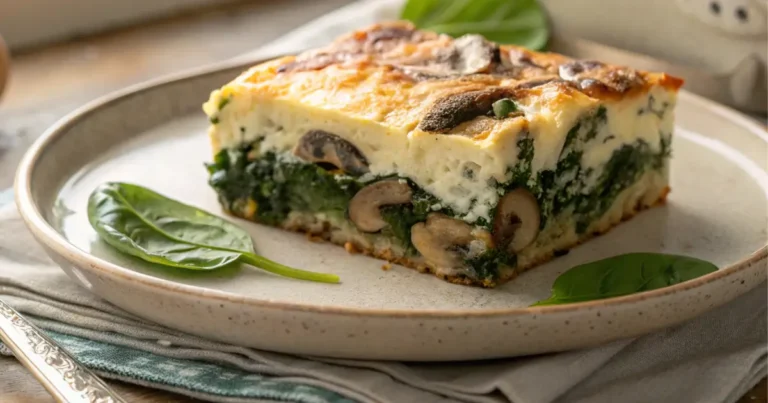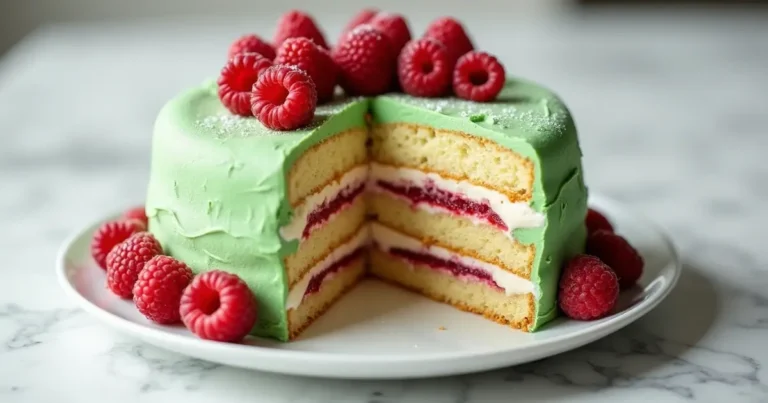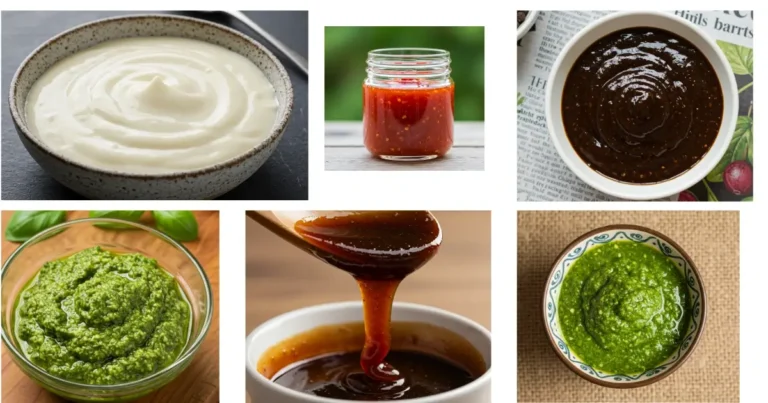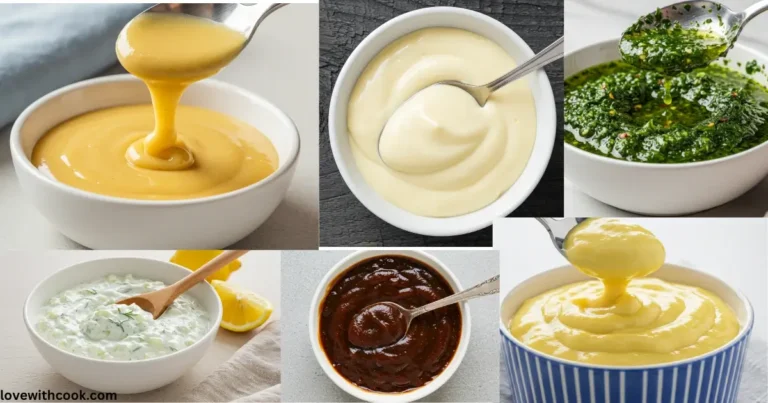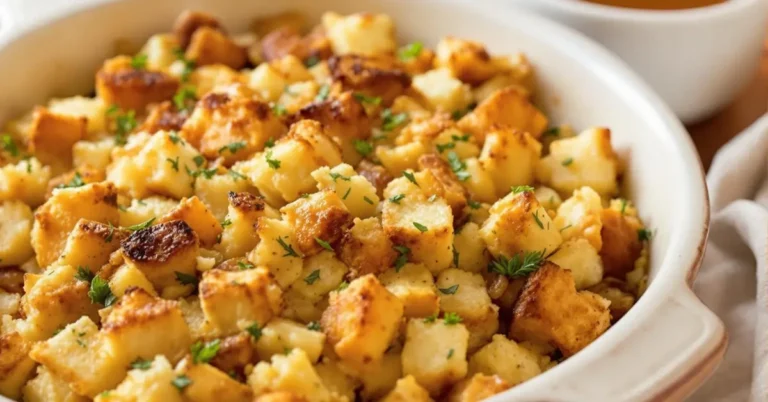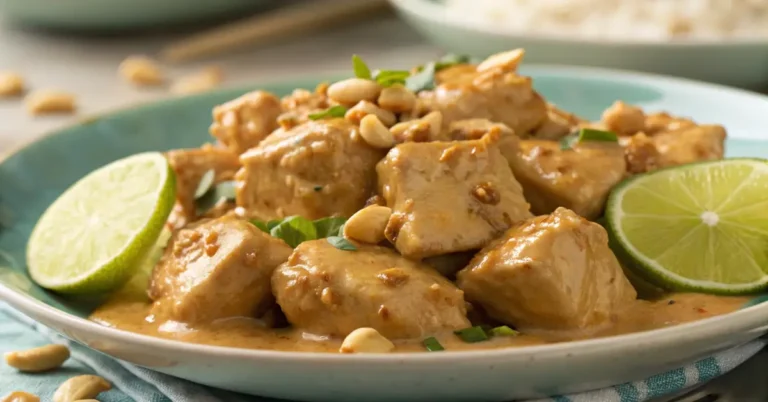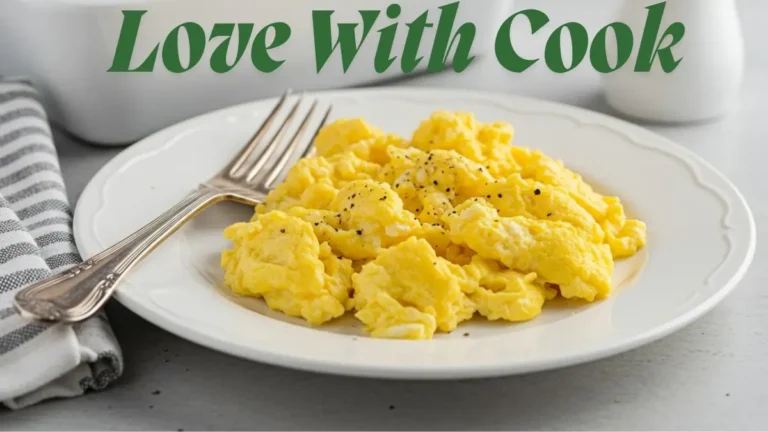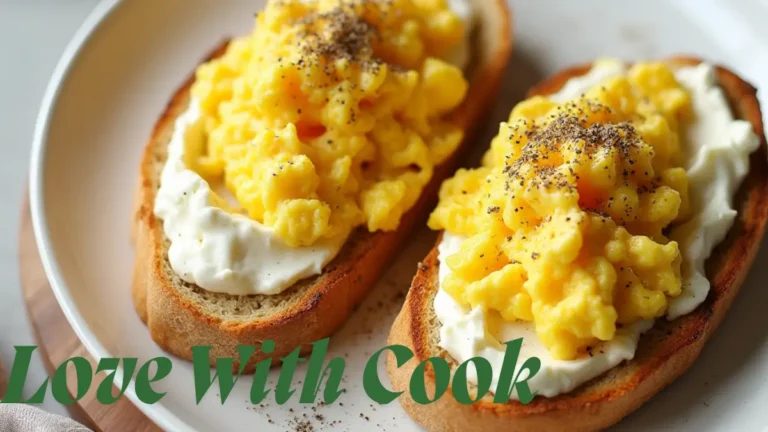Looking for a delicious and healthy way to start your day? The Best Double Apple Baked Oatmeal is the perfect solution. Combining the sweetness of apples with hearty oats, this dish offers a warm, satisfying, nutritious, and flavorful breakfast. The Best Double Apple Baked Oatmeal tastes amazing and provides essential fiber, vitamins, and antioxidants, making it a great choice for a balanced start to your day.
Whether you need a quick breakfast or a meal prep option, the Best Double Apple Baked Oatmeal is the answer. Easy to make and flavorful, this dish will quickly become a morning staple. Let’s explore why the Best Double Apple Baked Oatmeal is the perfect recipe for busy mornings!
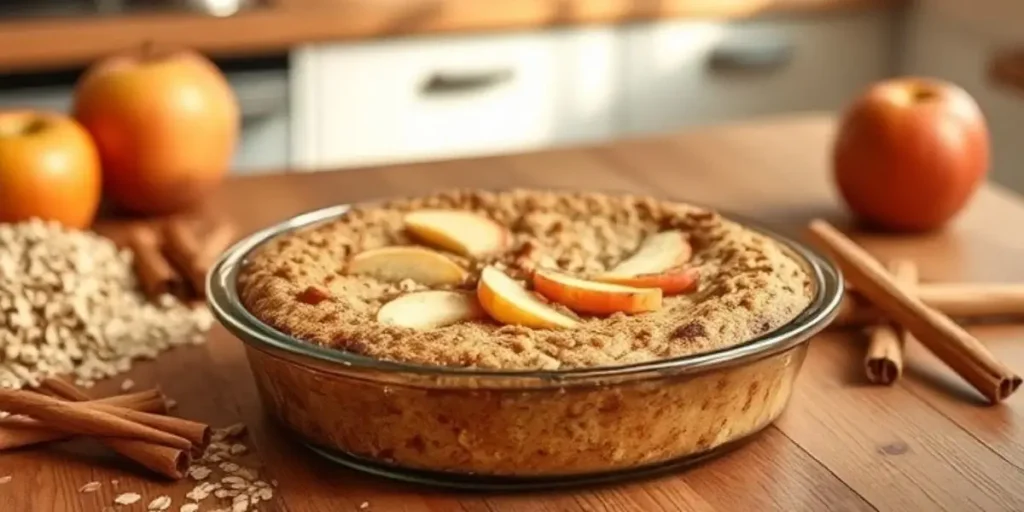
Quick Links
Why Double Apple Baked Oatmeal?
the best Health Benefits of Apples
best Double Apple Baked Oatmeal is not just a delicious breakfast—it’s also packed with health benefits. Apples, a key ingredient in this recipe, are loaded with fiber, antioxidants, and vitamins. Rich in soluble fiber, apples help to promote healthy digestion and keep you feeling full longer, making them a great option for weight management. Plus, the antioxidants in apples help combat inflammation and support heart health. The natural sweetness of apples adds flavor without the need for excessive sugar, making Double Apple Baked Oatmeal a wholesome choice for any meal.
The Appeal of Baked Oatmeal
When it comes to convenience and nutrition, baked oatmeal is hard to beat. Double Apple Baked Oatmeal is a one-pan wonder that can be prepared ahead of time, making it perfect for meal prepping. If you’re someone who enjoys a warm breakfast but doesn’t have time to cook every morning, this recipe is a game-changer. Not only does it save you time, but it also offers a delicious way to enjoy oats, which are known for their heart-healthy benefits. You can read more about the benefits of oats in our article on Healthy Oatmeal Recipes.
Baked oatmeal like this is also highly customizable. You can experiment with different fruits, spices, and mix-ins, but the combination of apples and oats in this Double Apple Baked Oatmeal is the perfect balance of flavor and texture. Whether you’re prepping for a busy week or simply want a cozy, nutritious breakfast, Double Apple Baked Oatmeal is the answer.
This versatile dish not only satisfies your taste buds but also helps fuel your day, making it a breakfast choice you’ll want to revisit again and again.

Key Ingredients for best Double Apple Baked Oatmeal
Oats: The Heart of the Recipe
The base of any good baked oatmeal recipe is, of course, oats. For Double Apple Baked Oatmeal, rolled oats are the star ingredient. These oats provide a hearty texture and a dose of fiber that makes this breakfast both filling and nutritious. Oats are known for their ability to lower cholesterol, support heart health, and regulate blood sugar levels, making them a perfect addition to a balanced diet. Whether you’re baking this dish for yourself or the whole family, oats ensure that every bite of Double Apple Baked Oatmeal is both satisfying and nourishing.
Apples: The Double Apple Twist
What sets Double Apple Baked Oatmeal apart from other oatmeal recipes is the use of two different types of apples. We recommend a mix of tart Granny Smith apples and sweet Honeycrisp apples to create a well-rounded flavor profile. Granny Smith apples offer a tangy bite that contrasts beautifully with the sweetness of Honeycrisp apples, creating a balanced, flavorful dish. Apples are packed with vitamin C, fiber, and antioxidants, making them not only delicious but also incredibly beneficial for your health. This combination of apples in your oatmeal ensures each bite is juicy, flavorful, and full of nutrients.
Other Key Ingredients
In addition to oats and apples, several other key ingredients bring this double-apple baked Oatmeal to life. Eggs provide structure and moisture, ensuring the oatmeal bakes to a perfect consistency. Milk (or a dairy-free alternative, like almond milk) adds richness and creaminess, making the oatmeal extra comforting. A touch of cinnamon adds warmth and spice, complementing the apples’ sweetness. Vanilla enhances the overall flavor profile, while a drizzle of honey sweetens the dish naturally without overpowering the flavors. These ingredients come together to create a dish that’s not only nutritious but also irresistibly delicious.
Each of these ingredients plays a vital role in making Double Apple Baked Oatmeal a wholesome, satisfying breakfast. Whether you’re enjoying it fresh out of the oven or reheating leftovers, the balance of flavors and textures in this recipe is sure to please.

How to Make the Best Double Apple Baked Oatmeal
Step-by-Step Instructions
Creating Double Apple Baked Oatmeal is simple, even for those who don’t consider themselves expert bakers. Here’s how to bring this delicious breakfast to life:
- Prep Your Ingredients:
Start by preheating your oven to 375°F and greasing a baking dish with butter or nonstick spray. Peel, core, and dice one tart apple (like Granny Smith) and one sweet apple (such as Honeycrisp). Set the apples aside and gather the remaining ingredients, like rolled oats, milk, eggs, honey, cinnamon, and vanilla extract. - Mix the Dry Ingredients:
In a large bowl, combine the rolled oats, cinnamon, and a pinch of salt. Stir everything together to ensure the cinnamon is evenly distributed, as this will give your Double Apple Baked Oatmeal its warm, spiced flavor. - Prepare the Wet Mixture:
In a separate bowl, whisk together the milk, eggs, honey, and vanilla extract. This combination adds richness and binds the oatmeal while balancing sweetness with natural flavors. - Combine Everything:
Pour the wet mixture into the bowl with the oats and stir to combine. Carefully incorporate the chopped apples, spreading them evenly throughout the mixture to ensure every bite is packed with flavor. The double apple addition is what makes this recipe shine, so make sure each bite gets its fair share! - Bake to Perfection:
Pour the mixture into your greased baking dish, smoothing it into an even layer. Place it in the preheated oven and bake for 35–40 minutes, or until the top turns golden and the oatmeal is firm to the touch. You’ll know it’s ready when a toothpick inserted in the center comes out clean.
Tips and Tricks for Customization
Double Apple Baked Oatmeal is versatile, so feel free to tweak it to your taste:
- Dietary Preferences: Swap out dairy milk for almond or oat milk, or use a flax egg for a plant-based version.
- Extra Add-Ins: Toss in chopped walnuts, raisins, or shredded coconut for added texture and flavor.
- Sweeter Touch: If you prefer a sweeter oatmeal, drizzle maple syrup over the top before serving.
This recipe is as flexible as it is delicious, allowing you to make it your own while keeping the focus on the double apple goodness.
With its rich flavors and easy preparation, Double Apple Baked Oatmeal is a dish that anyone can enjoy. Whether it’s for meal prep or a weekend treat, you’ll love how simple and satisfying this recipe is to make.
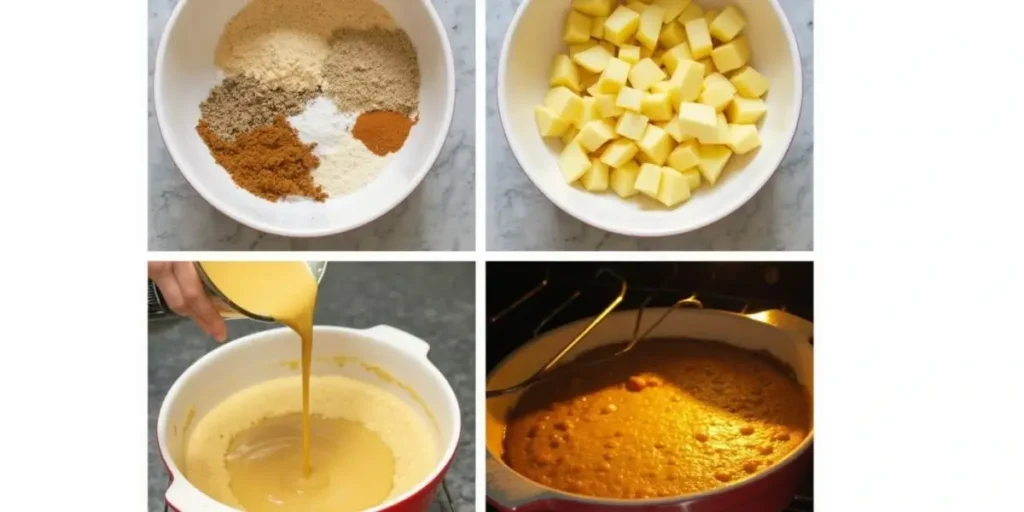
Serving Ideas for best Double Apple Baked Oatmeal
Serving Suggestions
Double Apple Baked Oatmeal is as versatile as it is delicious, making it easy to serve in a variety of ways. For a simple, satisfying breakfast, enjoy a warm slice straight out of the oven. Want to elevate the experience? Try these delicious serving ideas:
- For a creamy upgrade, top your slice with a spoonful of Greek yogurt to enhance the richness and add a protein-packed touch. The tangy flavor pairs beautifully with the sweet and tart apples in the oatmeal.
- Drizzle of Sweetness: Drizzle maple syrup or a spoonful of honey over the oatmeal for added sweetness and shine.
- Crunchy Toppings: Sprinkle some granola, chopped nuts, or toasted coconut flakes for a delightful crunch and extra texture.
Each serving idea brings a unique twist to your Double Apple Baked Oatmeal, making it a breakfast option you’ll never tire of.
Storage and Meal Prep Tips
One of the best things about Double Apple Baked Oatmeal is how well it stores, making it a dream for meal prep enthusiasts. Here’s how to keep it fresh and delicious all week:
- Refrigerate Leftovers: Once cooled, store leftover oatmeal in an airtight container in the refrigerator. It can remain fresh and flavorful for up to five days.
- Reheating Made Easy: For a quick breakfast, simply reheat a portion in the microwave for 30–60 seconds or warm it in the oven at 350°F until heated through.
- Freeze for Later: If you’re prepping for the long term, freeze individual portions in airtight containers or freezer-safe bags. When ready to enjoy, thaw overnight in the fridge and reheat as usual.
By planning, you can enjoy the comforting flavors of best Double Apple Baked Oatmeal any day of the week without extra effort.
The Perfect Breakfast for Any Occasion
Whether you’re serving it fresh, reheating leftovers, or customizing it with your favorite toppings, Double Apple Baked Oatmeal offers endless possibilities for a satisfying breakfast. With its combination of wholesome ingredients and adaptable serving options, it’s sure to become a favorite in your kitchen.
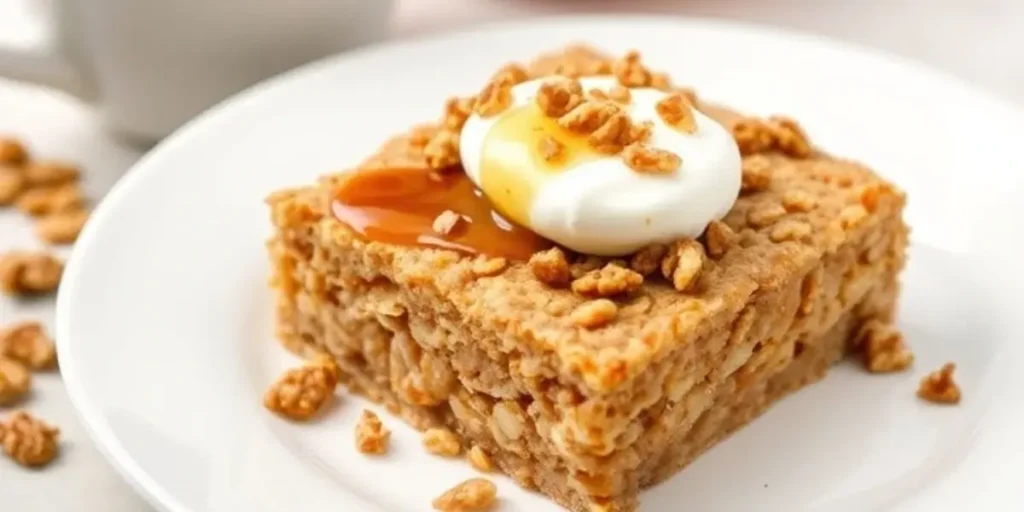
In conclusion, the Best Double Apple Baked Oatmeal is the perfect way to start your day on a wholesome and delicious note. Packed with nutritious apples and hearty oats, this dish offers a satisfying and flavorful breakfast that’s both easy to make and versatile. Whether enjoyed fresh from the oven or as part of your meal prep, the Best Double Apple Baked Oatmeal is sure to become a favorite in your morning routine. Check out our Breakfast Ideas for more delicious and healthy breakfast options!
Not only is it a healthy option, but the Best Double Apple Baked Oatmeal can be customized to suit your tastes and preferences, making it a dish the whole family can enjoy. So, why not try the Best Double Apple Baked Oatmeal today and enjoy a delicious, nutritious start to your day?
FAQ Section
Are oatmeal and apples good for you?
Yes, oatmeal and apples are both nutritious. Oatmeal is high in fiber, which supports digestion and helps keep you full, while apples provide essential vitamins, fiber, and antioxidants, making them a healthy combination.
Why aren’t my baked oats fluffy?
If your baked oats aren’t turning out fluffy, there are a few possible reasons:
Too much liquid: Adding too much milk or water can make the oats too dense. Ensure you’re following the correct ratio of oats to liquid.
Overmixing: Stirring the mixture too much can cause the oats to become dense. Mix just enough to combine the ingredients.
Underbaking: Make sure you bake them for the right amount of time. Underbaking can result in a wet, dense texture.
Oven temperature: If the oven isn’t hot enough, the oats may not rise as expected. Preheat your oven properly to ensure an even bake.
Type of oats: Rolled oats or old-fashioned oats work best for fluffy baked oats. Instant oats might result in a denser texture.
Adjusting these factors can help your baked oats turn out fluffier next time!
How to make oatmeal more delicious?
To make oatmeal more delicious, here are some easy ways to elevate its flavor:
Add Fresh or Dried Fruit: Apples, bananas, berries, or dried fruits like raisins or cranberries add natural sweetness and flavor.
Sweeteners: Add honey, maple syrup, or agave for extra sweetness. You can also use a sprinkle of brown sugar or coconut sugar.
Spices: Add a pinch of cinnamon, nutmeg, or vanilla extract for a warm, comforting flavor.
Nut Butter: Stir in peanut butter, almond butter, or cashew butter for richness and a creamy texture.
Nuts and Seeds: Sprinkle almonds, walnuts, chia seeds, or flax seeds for added crunch and nutrition.
Yogurt or Milk: Use milk (dairy or plant-based) instead of water for creamier oatmeal, or top with a dollop of yogurt for extra richness.
Chocolate or Cocoa: For a chocolatey twist, add dark chocolate chips, cocoa powder, or even a scoop of protein powder.
Coconut: Shredded coconut or coconut milk adds a tropical flair and extra creaminess.
Granola or Crispy Toppings: A crunchy topping like granola or toasted coconut can add texture to your oatmeal.
Savory Additions: If you prefer savory oatmeal, try adding avocado, sautéed vegetables, a poached egg, or cheese for a hearty breakfast.
Experimenting with these additions can take your oatmeal from basic to mouthwatering!
Why is my baked oatmeal gummy?
If your baked oatmeal turns out gummy, it could be due to one or more of the following reasons:
Too Much Liquid: Adding excess liquid to the oats can result in a gummy texture. Make sure you’re following the recipe’s liquid-to-oat ratio carefully. If you find the mixture too watery, reduce the liquid slightly.
Not Enough Baking Time: If baked oatmeal isn’t cooked long enough, it can retain a moist, undercooked texture. Be sure to bake it for the full recommended time, and check for doneness by inserting a toothpick or knife in the center; it should come out clean when done.
Overmixing the Oats: Mixing the oats too much can cause them to become overly soft and mushy. Stir the ingredients gently to avoid breaking the oats.
Too Many Wet Ingredients: Adding too many wet ingredients (like mashed bananas, yogurt, or applesauce) can result in a heavier, denser texture. Adjust the quantities to avoid making the mixture too wet.
Type of Oats: The type of oats you’re using can affect the texture. Steel-cut oats, for example, require more liquid and longer cooking times compared to rolled oats, which absorb liquid more easily and bake up fluffier.
To avoid a gummy result, focus on balancing the liquid and oats, and make sure your baking time and temperature are correct!
How do you fix gluey oatmeal?
To fix gluey oatmeal, here are a few helpful tips:
Add More Liquid: If your oatmeal is too thick or gluey, simply add more liquid (water, milk, or a dairy alternative) to loosen it up. Gradually stir in small amounts of liquid until the desired consistency is reached.
Reduce Heat: Cook your oatmeal on low heat instead of high heat. Cooking at too high a temperature can cause the oats to stick together and become gluey. Stir occasionally to ensure it cooks evenly and doesn’t stick to the bottom of the pot.
Stir Less: Stirring too much while cooking can cause the oats to break down and become mushy or gluey. Try to stir only occasionally to allow the oats to cook properly without becoming overworked.
Use Rolled Oats: If you’re using steel-cut oats or instant oats, try switching to rolled oats, which have a better texture for oatmeal that isn’t too sticky or gluey.
Check the Oat-to-Liquid Ratio: If you added too many oats relative to the liquid, the result can be gluey oatmeal. For a more balanced texture, use 1/2 cup of oats to 1 cup of liquid, and adjust based on your preference.
With these adjustments, you should be able to fix gluey oatmeal and enjoy a smooth, creamy bowl!
No post found


